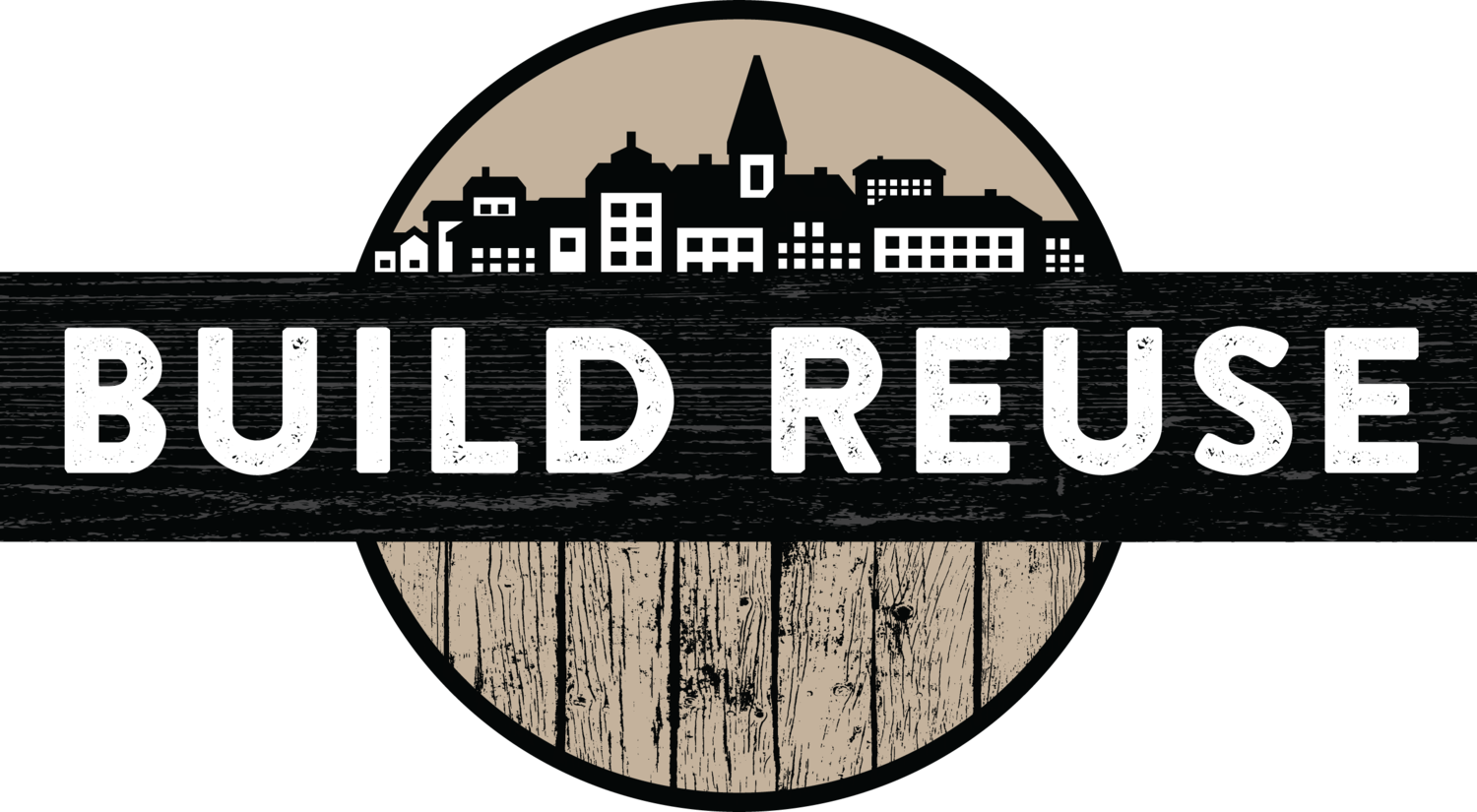Session: Deconstruction & Climate Change
In New Jersey, thousands of homes have been purchased and demolished by the government-funded Blue Acres Program. It appears that the numbers of structures that will no longer be viable in flood/coastal plains will increase – shouldn’t businesses, government agencies and non-profits in the deconstruction and reuse industry work together to present options other than demolition? I will be briefly sharing a project in which my students deconstructed a floodplain house that was damaged by Hurricane Irene and converted the site to a floodable park. I will also share some work by colleagues in Landscape Architecture and Restoration Ecology, highlighting the reuse of partially abandoned coastal neighborhoods for open space, parks, community gardens, stormwater management and habitat.
I would like people who will attend this discussion to think about, and even prepare remarks or images related to work they are doing around these questions:
• What are your experiences with climate change related deconstructions
• Regulatory/funding environment (e.g. Blue Acres Program) not currently supporting deconstruction – how can we change this?
• What are the unique problems when considering deconstruction for buildings that have been flooded?
• How can deconstruction foster a supportive “restructuring” of a town/city’s layout – what comes after demolition or deconstruction?
How can community be created or strengthened by the social processes around deconstruction and reuse?
• Propose your own question…
Tobiah Horton is Senior Research Project Manager for the Rutgers Cooperative Extension’s Water Resources Program. He manages the design/build of green infrastructure projects across the state of New Jersey funded by the US-EPA, NJDEP, municipalities and private foundations. Integral to his work is the reuse of materials and sites – considering how places and their materials can be adapted to manage water, support habitat and welcome people. His work also seeks to demonstrate how both deconstruction and green infrastructure can be integrated into the planning and current practices of flood/coastal plain adaptation.
